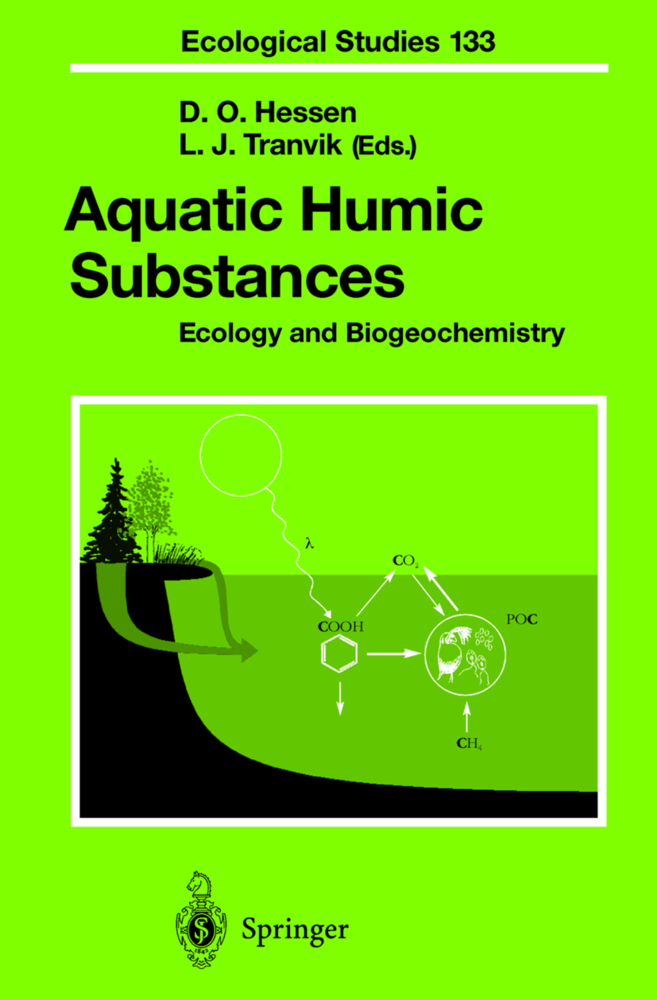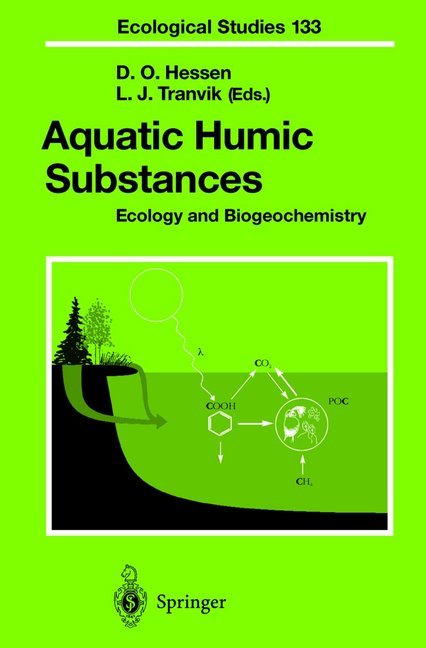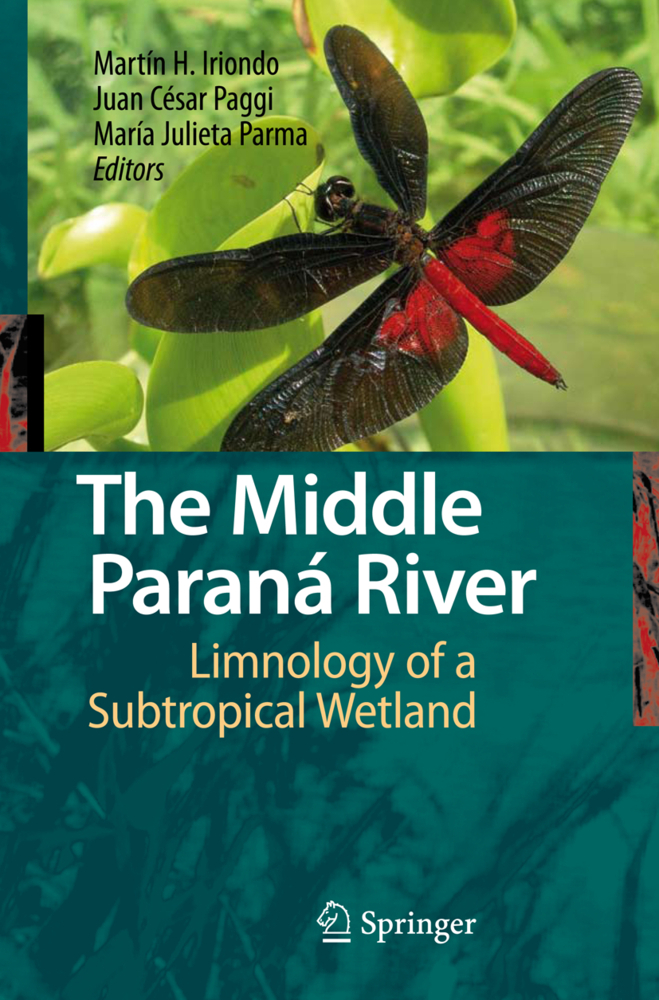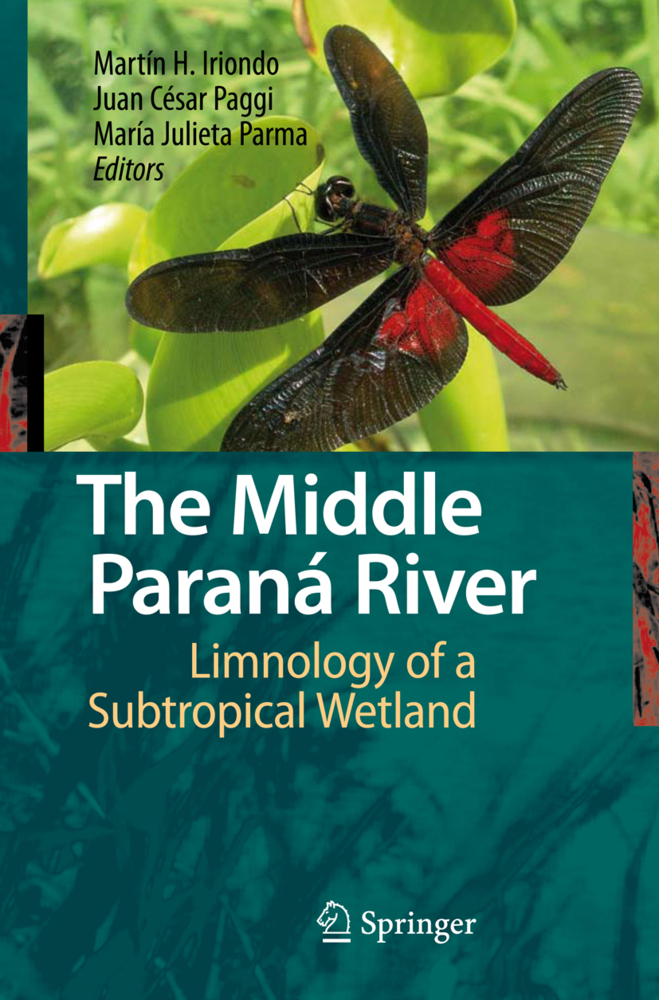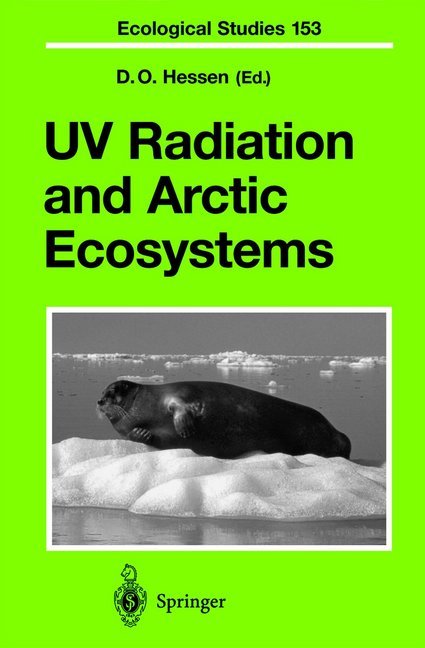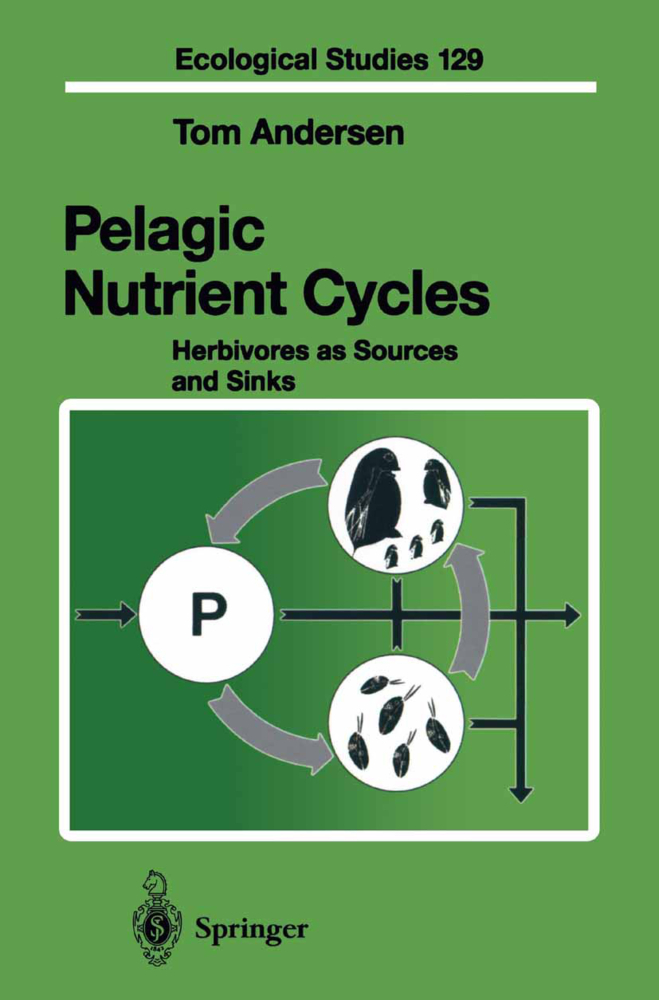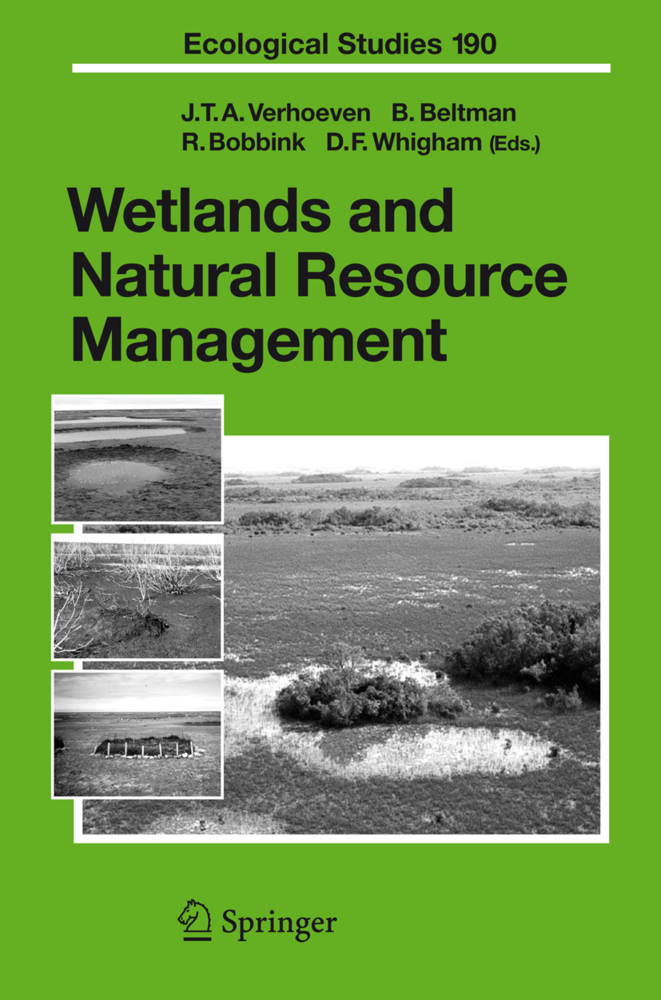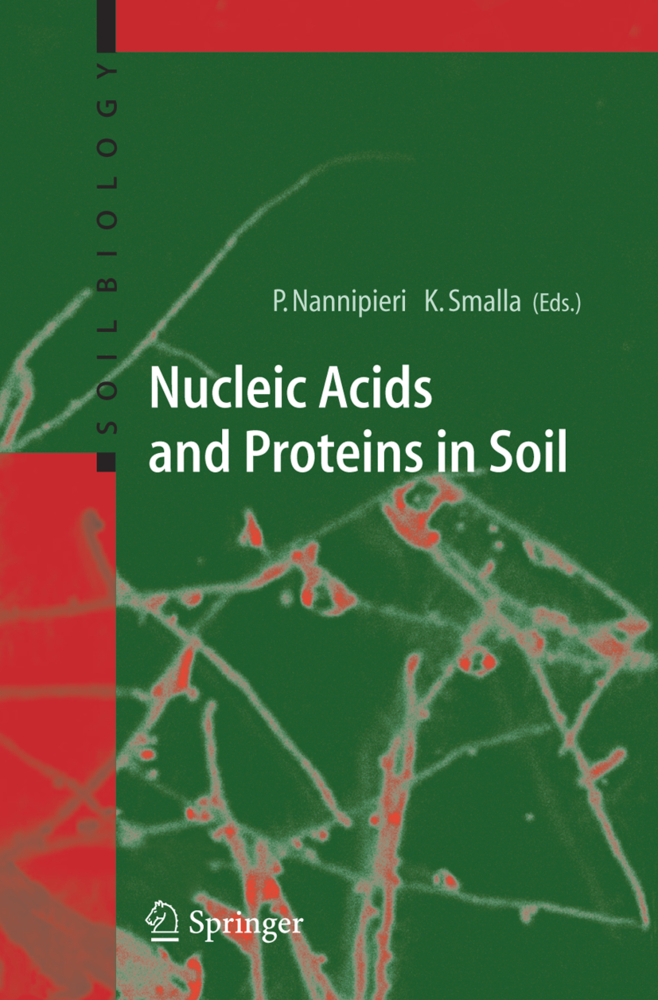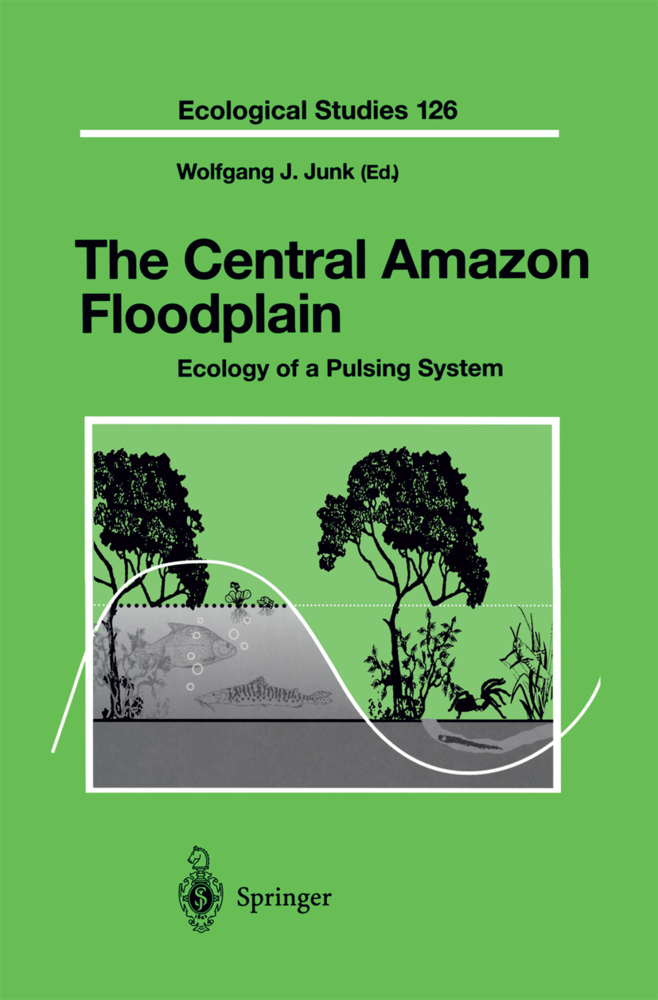Aquatic Humic Substances
Ecology and Biogeochemistry
Aquatic Humic Substances
Ecology and Biogeochemistry
Humic substances occur in all kinds of aquatic systems, but are particularly important in northern, coniferous areas. They strongly modify the aquatic ecosystems and also constitute a major problem in the drinking water supply.
This volume covers all aspects of aquatic humic substances, from their origin and chemical properties, their effects on light and nutrient regimes and biogeochemical cycling, to their role regarding organisms, productivity and food web organization from bacteria to fish. Special emphasis is paid to carbon cycling and food web organization in humic lakes, but aspects of marine carbon cycling related to humus are treated as well.
2 Chemical Composition, Structure, and Metal Binding Properties
3 Humus and Acidification
4 Climatic and Hydrologic Control of DOM Concentration and Quality in Lakes
5 Attenuation of Solar Radiation in Humic Waters
6 Effects of UV Radiation on Aquatic Humus: Photochemical Principles and Experimental Considerations
7 Phytoplankton, Primary Production and Nutrient Cycling
8 Nutrient Limitation and Bacteria - Phytoplankton Interactions in Humic Lakes
9 The Role of Microbial Extracellular Enzymes in the Transformation of Dissolved Organic Matter in Humic Waters
10 Degradation of Dissolved Organic Matter in Humic Waters by Bacteria
11 Food Webs and Carbon Cycling in Humic Lakes
12 Cycling of Dissolved Organic Matter in the Ocean
Aquatic Humic Matter: from Molecular Structure to Ecosystem Stability.
This volume covers all aspects of aquatic humic substances, from their origin and chemical properties, their effects on light and nutrient regimes and biogeochemical cycling, to their role regarding organisms, productivity and food web organization from bacteria to fish. Special emphasis is paid to carbon cycling and food web organization in humic lakes, but aspects of marine carbon cycling related to humus are treated as well.
Humic Substances as Ecosystem Modifiers - Introduction
1 Sources and Age of Aquatic Humus2 Chemical Composition, Structure, and Metal Binding Properties
3 Humus and Acidification
4 Climatic and Hydrologic Control of DOM Concentration and Quality in Lakes
5 Attenuation of Solar Radiation in Humic Waters
6 Effects of UV Radiation on Aquatic Humus: Photochemical Principles and Experimental Considerations
7 Phytoplankton, Primary Production and Nutrient Cycling
8 Nutrient Limitation and Bacteria - Phytoplankton Interactions in Humic Lakes
9 The Role of Microbial Extracellular Enzymes in the Transformation of Dissolved Organic Matter in Humic Waters
10 Degradation of Dissolved Organic Matter in Humic Waters by Bacteria
11 Food Webs and Carbon Cycling in Humic Lakes
12 Cycling of Dissolved Organic Matter in the Ocean
Aquatic Humic Matter: from Molecular Structure to Ecosystem Stability.
| ISBN | 978-3-540-63910-7 |
|---|---|
| Artikelnummer | 9783540639107 |
| Medientyp | Buch |
| Copyrightjahr | 1998 |
| Verlag | Springer, Berlin |
| Umfang | XV, 346 Seiten |
| Abbildungen | XV, 346 p. |
| Sprache | Englisch |

